by Wine Owners
Posted on 2021-06-30
As mentioned in our recent and well received offer of the incredibly well priced Montepeloso Eneo 2010 (there are a few left), we promised a closer look into the relative value of Italian wines. I know I have been banging on about Italy for quite a while now but there is every reason for it – there is some terrific value to be had, and so on will I bang!
The facts are that there are only a handful of Italian wines that trade at, what we are going to call here, ‘silly money’ compared to vast swathes of wines from their rather posher neighbour - namely La Belle France. It is true that the same can be said for Spain, and for most of the New World. The U.S. is an exception, as like France, it has many an offering at ‘silly money’. But for my pound, I say sweepingly, these regions do not offer such a vast variety of quality wines that appeal in quite the same way (I should qualify at this point I am really talking about top quality red wines).
What Italy offers, unlike everywhere else, is a multitude of wines at relatively affordable prices with absolutely massive ratings. There are two variables here, the prices and the ratings; the simplest explanation for the comparatively lower pricing is that Italian wines have not yet been recognised, and accordingly priced, as truly international brands. Put another way, Asia has not got to grips with it yet. Other than a few ‘Super Tuscans’ and the top labels from the likes of Giacomo Conterno, Bruno Giacosa and Gaja from Piedmont, very little starts life close to £100 a bottle. There have been half a dozen EP releases every day last week from Bordeaux that qualify for that prize! In Burgundy a hefty percentage of premier crus start there and for some more sought-after growers, your £100 only buys you a taste of a lowly village wine.
The ratings are, rather obviously, dished out by the critics. It is worth remembering that each region is scored on its merits in a peer group fashion. The wines, as are the vintages, are reviewed in the context of that individual region or vintage. What has happened, however, is that tones have been set for different areas which do seem to vary from each other. Burgundy, for example, tends to harbour rather conservative scoring where anything over 95 is a massive achievement. Prices for these trophies are also massive. It is different in Italy. There are countless Brunelli with huge scores and even people in the trade ask, ‘how come there are so many 100 pointers we’ve never heard of’?
A possible explanation is that the bar has been set so high, and for so long, by the likes of DRC and Rousseau that a mere premier cru from someone like Dujac or Roumier is only worthy of 90/91 points. So, perhaps a cleaner canvas for the critics to assess has led to some more generous brushstrokes? Or perhaps it is a more generational thing; France has long been understood, consumed, and pontificated upon by the old guard, who might not quite understand the Italian way? An old friend of mine, an experienced wine merchant recently said to me “I don’t really get Italian wine” (Burgundy and Sauternes are more his bag!) and then confused me further by saying “except I couldn’t possibly eat Italian food without Italian wine”. I understand exactly what he means with the latter statement (but not the first), and this goes from pizza level all the way to Piazza Duomo, a three star Michelin in Alba – quite good by the way! Either way, some of the scores in recent times and particularly for the amazing ’16 vintage, in all of Italy, and the ’15 vintage in Tuscany, have drawn truly flamboyant landscapes from the young masters – and for not many Lira either!
The other thing to remember is that the critics live and die by their reputations, so if they are going to award high nineties or even the magical triple digits, you know the wines are going to be very good indeed – within the context of their peer group.
Obviously, we would love to hear from you to discuss the opportunities further and there will be offers to follow based on this theme. In the meantime, you may want to engage with the ‘Advanced Search’ button or take in some of these names which spring to mind:
Piedmont: Alessandria, Cavallotto, Grasso, Sandrone, Scavino, Vajra
Tuscany: Fontodi, Fuligni, Grattamacco, Il Poggione, Isole e Olena, Pertimali, Montepeloso
Ciao for now! Miles 07798 732 543
by Wine Owners
Posted on 2021-06-17
Luke MacWilliam, June 2021
It is well documented that Piedmont is attracting more attention than ever before and activity in the secondary market has become increasingly frequent.
Comparisons can be drawn between Burgundy and Piedmont in terms of quality and scale (no politically motivated 1855 classification here). Your regional Nebbiolo or Barbera (Langhe, d’Alba etc) equate to a Bourgogne rouge, your straight Barolo to a village cru and then your single vineyards to Premier Cru Burgundy. The most lauded single vineyards from the best producers can mix it with the Grand Cru big boys! Pay particular attention to Cannubi, Bussia, Brunate and Rocche dell’Annunziata and Monvigliero.
One producer I’d like to place under our spotlight is Fratelli Alessandria. A 150 year old estate, Fratellis Alessandria has 30 acres to its name, and produce a portfolio of wines from “simple” Langhe Nebbiolo right up the Premier and Grand cru equivalents in San Lorenzo, Gramolere and Monvigliero.
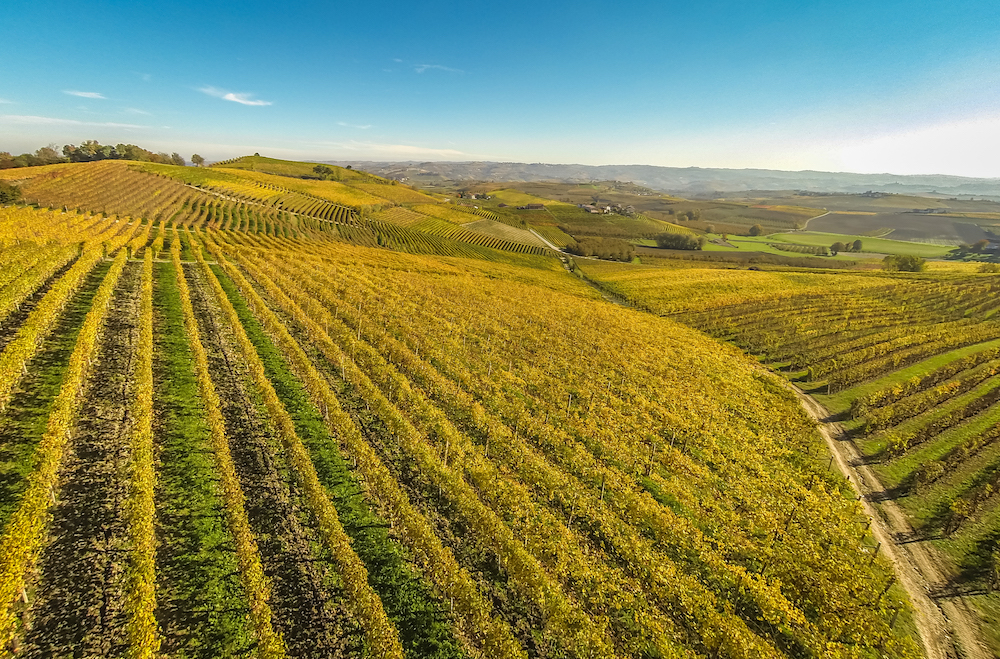
Last January - following a trip to Piedmont our very own Miles Davis noted the following:
 The same week, I attended a Monvigliero focused Barolo tasting at 67 Pall Mall and was blown away by the ethereal elegance, approachability and precision of Fratelli Alessandra’s wines (Diego Morra, Roset and Sordi also shone, but I’ll leave those for another day). Don't mistake “youthful approachability” as “lack of ageability” - it’s still Nebbiolo we are talking about - the structure is there to go 20-30 years. The killer combination of approachability, ageability and affordability is exactly why any self-respecting wine lover should buy into them, you can enjoy the evolution for years to come without getting involved in bonkers Burgundy money (yet).
The same week, I attended a Monvigliero focused Barolo tasting at 67 Pall Mall and was blown away by the ethereal elegance, approachability and precision of Fratelli Alessandra’s wines (Diego Morra, Roset and Sordi also shone, but I’ll leave those for another day). Don't mistake “youthful approachability” as “lack of ageability” - it’s still Nebbiolo we are talking about - the structure is there to go 20-30 years. The killer combination of approachability, ageability and affordability is exactly why any self-respecting wine lover should buy into them, you can enjoy the evolution for years to come without getting involved in bonkers Burgundy money (yet).
Fratelli Alessandria are moving forwards, and as demand increases for quality Barolo so are prices of the top crus and top vintages (investment anyone?) but on relative value terms they are still an absolute steal.
Take their regular Barolo 2016. £175 + comms IB per 6 and earning a whopping 96pts from Monica Larner. Could you imagine such a write up for a village burgundy?
'The 2016 Barolo opens to tight elegance and a nervous quality that pits red fruit energy over lean fruit weight. The results are graceful, lithe, fragile and lasting. The wine's aromas unfolded slowly and seductively, revealing wild berry, cassis, bitter cherry, toasted almond and blue flower. This is a dreamy wine that promises more beauty as it continues its bottle evolution. An ample 20,000 bottles were produced. This is one of the very best values found anywhere in Barolo.' 96pts, Monica Larner, Wine Advocate
It doesn’t stop there, moving up to Gramolere 2013 (premier cru equivalent) at £215 + comms IB per 6.
'This is a wine of beauty and intensity. The Gramolere cru in Monforte d'Alba is distinguished by the focused and sharp nature of its aromas. The 2013 Barolo Gramolere is a textbook expression of the cru, with deeply delineated aromas of wild berry, rose hip, rosemary sprig and licorice. The mouthfeel is silky and smooth with good structure and firmness to add to that sense of purity and sharpness. The wine's profound depth is what stands out most.' 94pts, Monica Larner, Wine Advocate.
And finally to Monvigliero:
'The 2010 Barolo Monvigliero shows a pretty degree of color salutation with brilliant garnet and ruby highlights. The bouquet is broad and wide-sweeping with a healthy succession of red berry, sweet almond, stone fruit, medicinal herb and crushed mineral. Fruit thrives from 220 to 280 meters above sea level with full southern exposures facing La Morra. They own 1.5 hectares of the 20-hectare single vineyard. Fratelli Alessandria keeps its Barolo in oak casks for three years, instead of two. The wine shows light spice notes with distant touches of dark fruit. The tannins are silky and long. The wine is amazingly expressive now, but promises great aging potential. Drink: 2017-2033.' 95pts, Monica Larner, Wine Advocate.
From a relative value perspective, scores are high across the board. 2010 and 13 are the vintages that have begun to move upwards in price, 2016 has rocketed too. Value can be found in 11, 12, 14 and 15 where quality remains consistent.
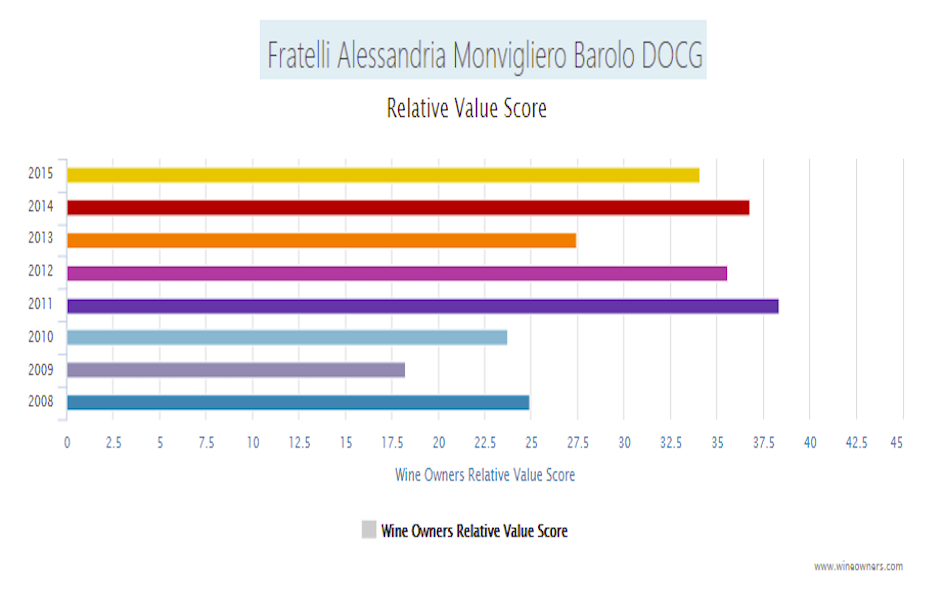 P.S For the adventurous out there - seek out their Pelaverga Speziale for something utterly different. Pelaverga is a local variety made almost exclusively around Verduno. My notes start with “Wow. Weird. So floral….not like anything I’ve tasted before” and my attention was grabbed immediately.
P.S For the adventurous out there - seek out their Pelaverga Speziale for something utterly different. Pelaverga is a local variety made almost exclusively around Verduno. My notes start with “Wow. Weird. So floral….not like anything I’ve tasted before” and my attention was grabbed immediately.
A historic producer who embraces tradition and local identity, but also strives to improve and improve in a changing world ticks all the boxes for me.
by Wine Owners
Posted on 2021-06-10
Miles Davis, 10th June 2021
Whilst writing the offer for Bollinger Grand Année Rosé 2012 (still some available here!) this week, I started thinking about pink fizz in a different context. Before now, I had never stopped to think about it seriously, it had always been something for immediate, and possibly immature, pleasure. I have never taken it seriously or given it the respect it deserves – more fool me!
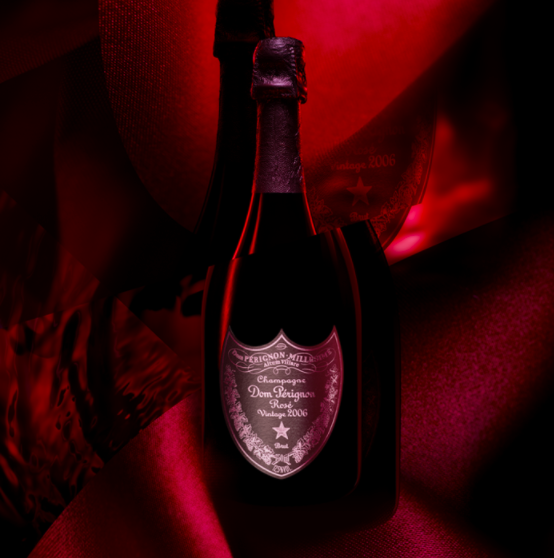
Harking back, my first introduction as a rather inexperienced taster (at circa 15 years of age) was when an older sibling brought back a couple of bottles of Laurent Perrier NV Rosé from France for a Christmas treat. I remember, very clearly, being absolutely blown away, and that was just the concept of it – champagne that is pink, surely not!? Suffice to say it was heartily enjoyed but then a few Christmases later, rather easily surpassed, by another Champagne, a white this time but by the name of Dom Perignon. Obviously comparisons between the two are not fair but in many ways the damage was done. I was aware there was a Dom Perignon Rosé but that was another chunk up on an already expensive price tag, which was a step too far. Instead of considering rosés, I became used to buying special cuvées and vintage white champagne for the big occasion, and the odd Sunday lunch! Ironically I believe I was thinking that rosés were just not as serious or interesting as their white counterparts, yet when you start looking at the various critics and ratings between the different offerings from the same stables it is clear that this is not the case at all.
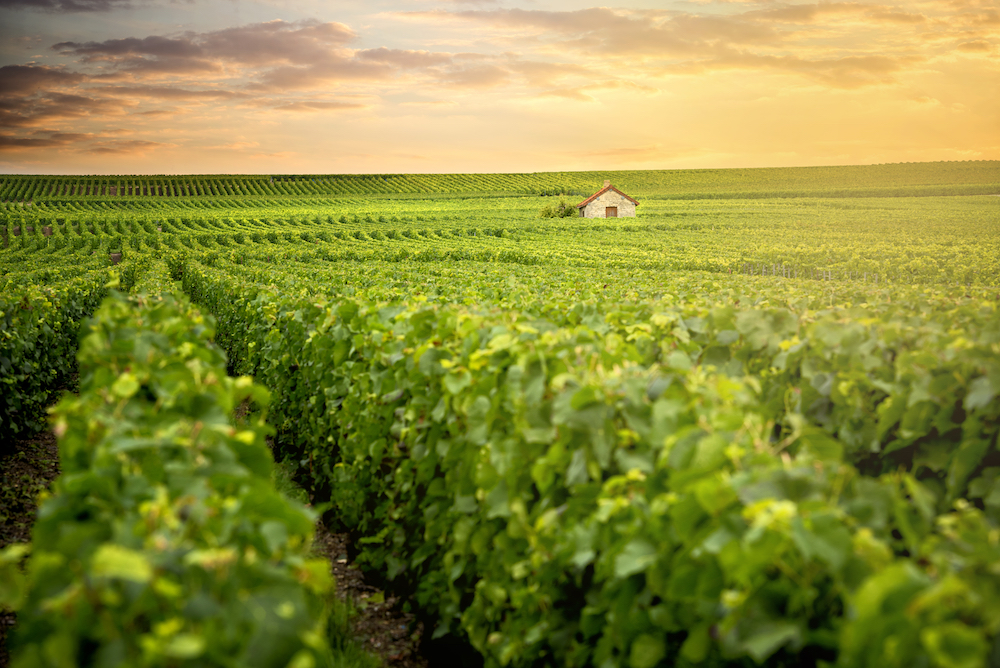
Vintage rosés are not produced as often as whites and are often more ‘vinous’ or ‘gastronomique’. They are made either by either skin contact through maceration from the Pinot Noir and Pinot Meunier grape varieties or by blending typically 5-20% of red wine with the still white wine and before the 2nd fermentation in bottle. Bollinger’s Grand Année Rosé, for example, is made using 5% of red wine derived from their La Cote Aux Enfants vineyard.
When I was managing wine investment funds, a few vintages of white Krug and Dom Perignon found their way into the portfolio but we did not even consider rosés at the time. Now the wider wine market is growing ever broader and more tradeable, it would be foolish to ignore them. Some of the smarter money is already in and demand is growing. The best wines can age gracefully for a long, long time and the prices for top Champagnes (of both colours) from top producers and vintages only travel in one direction.
Some of the producers who produce top quality rosé Champagnes:
Krug
Dom Perignon
Bollinger
Billecart-Salmon
Philipponat (Clos des Goisses)
Taittinger (Comtes de Champagne)
Ruinart
by Wine Owners
Posted on 2021-06-08
Why is price transparency important?
Pricing data that is up-to-date, reliable and actionable supports the buying and selling process. By keeping buyers and sellers informed, it breeds confidence in making decisions. In turn, confidence boosts sentiment.
Whilst pricing data would have only been accessed through specialist catalogues or conversations with individual merchants previously, key information such as the provenance of the wine, pricing information and availability can now be accessed in an instant.
Our Wine Passport for example encourages users to record as much information about the wines they own as possible, enabling a more informed and transparent trading decision to be made.
With fast-growing demand from private buyers for sourcing directly from collectors, it has never been more important to rely on a simple, visual and informative interface to ensure competitive pricing.
How do we make sure we provide you with the most up-to-date and reliable data?
We have been in partnership with global wine price discovery website Wine-Searcher for many years, which has enabled us to create and maintain our referential database of over 385,000 wine entries.
Instead of spending hours trawling through data in order to calculate a realistic selling price, our algorithm processes millions of rows of pricing data to ensure you stay as informed as possible about the state of the market. Equipped with this information, you can easily and confidently determine the correct selling price to be competitive and attract buyers' interest.
How does it work?
When you offer your wine for sale, you are presented with a live feed of current European marketplace offers for the wine in question, current Wine Owners offers and current Wine Owners bids, as seen below. You will also be able to view the latest bids and offers. If you are unsure or in the case where wines have gone through sharp price changes, it’s worth giving our trading desk experts a call, who will be able to advise you.
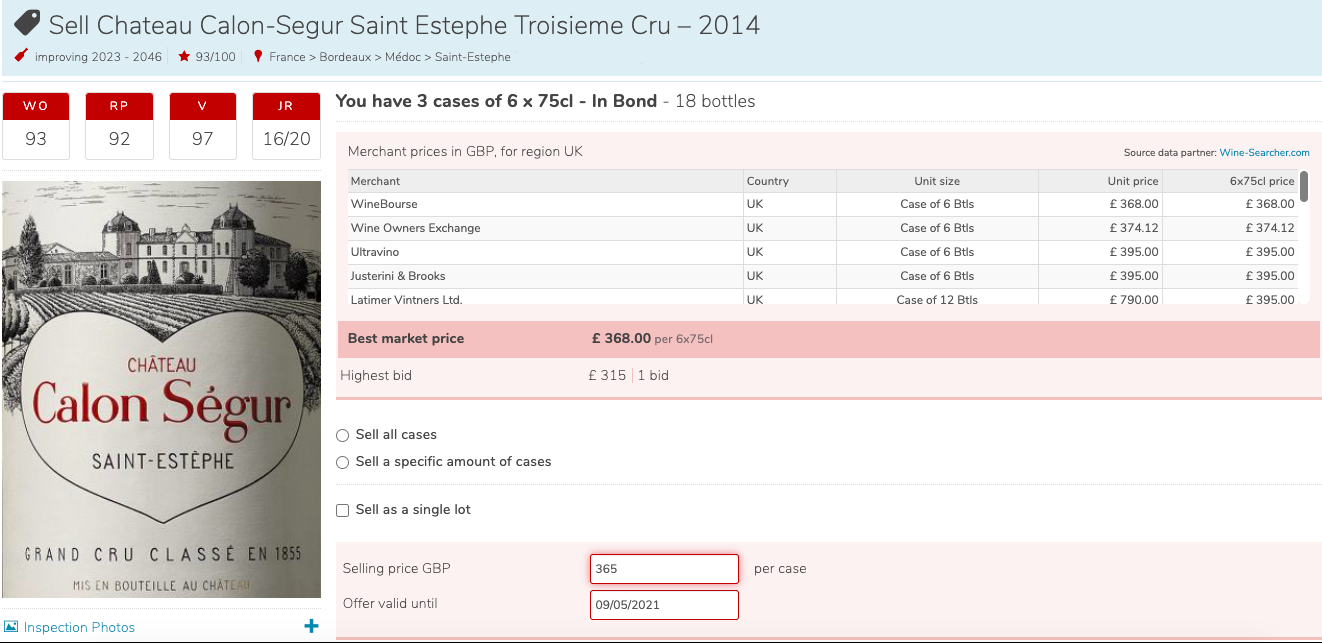
Keep in mind that the buyer will be paying an additional 2.5% + VAT buyer’s premium. We recommend you offer your wine for sale at around 2.5-3% below the best market price if you want to be shown on Wine Searcher as being the best offer. As around 20% of our new buyers are redirected from Wine Searcher, it is well worth your offer being at the top of their list.
If you’re in doubt, give us a call or email us contact@wineowners.com and we'll be happy to help!
by Wine Owners
Posted on 2021-06-03
Luke MacWilliam, June 2021
It pains me to say that there are some rogue traders in the wine industry, and an approach that we come across all too often is from a victim of such scamming.
“Mr Ostrich” has had his head buried in the sand for the last 5 years, ever since he first realised his “investment” had gone south. The “company” from which he bought that case of Mouton 2008 has gone into liquidation and the directors are currently awaiting trial. Thankfully, he was one of the lucky ones whose stock was recovered, but this doesn’t change the fact he paid double the going rate for those cases in the first place.
“I keep getting these storage bills and don’t really know much about wine. I wish I’d never got involved in the first place and just want to get out now, but I want to recover as much of my losses as possible”.
“I’ve been offered £19k for the whole portfolio but I think it’s worth more than that. I don’t want to get scammed again”.
You’ve come to the right place Mr Ostrich. Wine Owners gives you total control of the price you want to offer at and you can benefit from some of the lowest commission rates around with our Collector subscription, 4% + vat.
Our live Wine Searcher feed enables you to see other offers for your wines across the market, to assist you in setting your prices, and I’m more than happy to offer some suggestions/advice if you are still uncertain.
Over the following 12 months, Mr O sold through his 15 cases, and netted £21,691 after commission. Yes, he had lost out overall, but left the market on a positive rather than a negative. Lesson learnt, but damage minimised.
by Wine Owners
Posted on 2021-06-01
There has been a lot written about 2005 and most people know it’s right up there up there with some of the very best vintages in current collector’s lifetimes.
For the record, the truly great years of the last sixty years, as measured by using a vintage score of 96 or above on Vinous Media, are: 1961, 1982, 1986, 1990, 2005, 2009, 2010 and 2016 (I have chosen to ignore the 2018 and 2019 vintages). The only three vintages to score 98 points are 1961, 2005 and 2016. Arguments will continue forevermore about which vintage is the best and there will be the obvious comparisons between left and right banks, and which is better, but does it really matter when you are in the presence of greatness? Everyone at least agrees 2005 is right up there and on balance it is less contentious than both 2009 and 2010, but for different reasons. I remember the great Robert Parker commenting the quality of the vintage went deep into the layers of the wider Bordeaux region and across the breadth of all the appellations.
Given the 1961 has all but disappeared and the 2016 vintage is a touch on the adolescent side, the 2005 vintage would appear to be a vintage to stock up on, if you haven’t already. A quick ‘Advanced search’ (see picture depiction below) on our platform shows me there are 44 different offers on the Wine Owners for the 2005 vintage, from Chateau Sainte Colombe Cotes de Castillon (£162 per 12), all the way to Petrus (£17,400 per 6). Someone else has been looking after these treasures (and paying a fair whack of storage on them) but is now ready to exchange them for hard currency.

Miles 07798 732 543
N.B. In my opinion really good Bordeaux takes a lot longer than the commonly held perception (and many suggested drinking dates) to really shine through and for nuance to really develop. Even serious commentators have been overheard saying ‘it all tastes the same!’ and when the wine is not fully developed, I can see why it could be easy to share that point of view.
I have only just begun to approach my best 2000s (and will be leaving them a while longer yet) and have barely touched my ’05s outside of some second wines (Sarget de Gruaud Larose I particularly enjoy and there’s still plenty of life left in it). The best wines may take thirty years or so to show their true potential. The second wines of lauded estates in really good vintages is normally a very reliable way to go.

